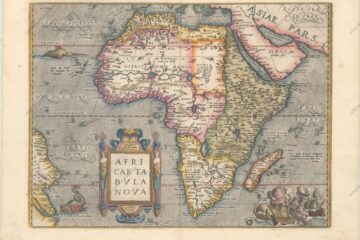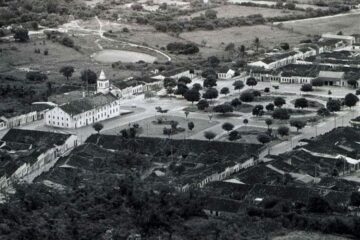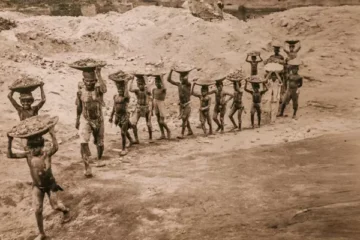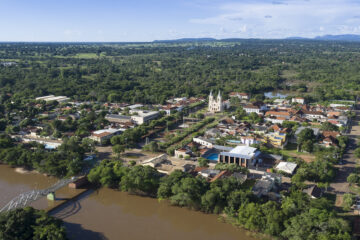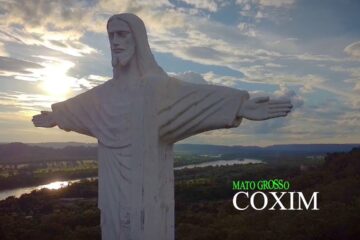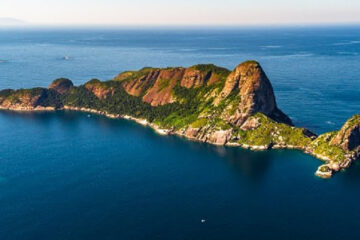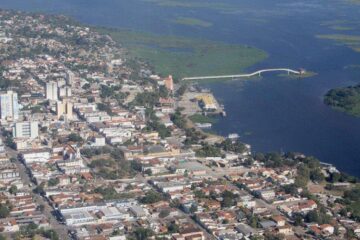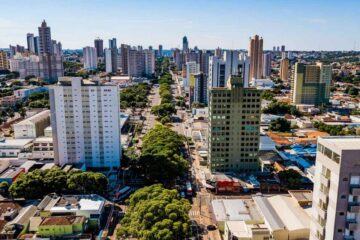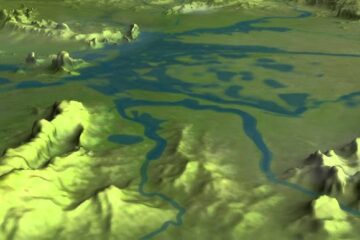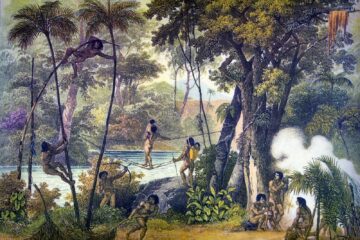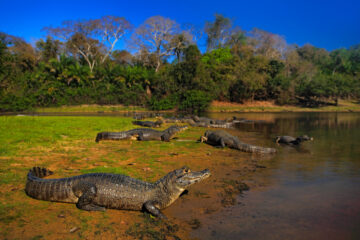Este post também está disponível em:
Português
English

Salvador is home to some of the oldest fortifications and lighthouses on the American continent, such as Forte de Santo Antônio da Barra or Farol da Barra, one of the city’s main postcards.
Dating back to 1534, even before the foundation of the country’s first capital in 1549, what is now a Barra Lighthouse began as a wooden construction, the Forte de Santo Antônio da Barra.
The installation of the lighthouse in the Forte de Santo Antônio da Barra takes place in 1698 of that century, due to the disaster with the Galleon Sacramento, a vessel carrying General Francisco Correia da Silva, who would become governor, but died in the shipwreck.
History of the shipwreck of the Galleon Sacramento
Leaving the Tagus as captain of the escort of a fleet of 50 merchant vessels of the Companhia Geral do Comércio do Brasil, the ship or galleon Sacramento was carrying João Corrêa da Silva and his entire entourage to be sworn in as governor of Bahia.
Already close to the Bay of All Saints, in the presence of strong winds, the galleon could not manoeuvre and ended up hitting the Bank of Santo Antonio, drifting for 5 hours before sinking near 11 pm on May 5, 1668.
The tragedy, plus the importance that Brazil was beginning to have in the trade routes, caused the lighthouse to receive the French-made fort.
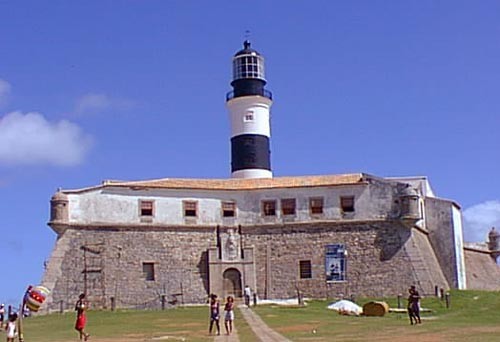

Instalação do farol no Forte de Santo Antônio da Barra

Naufrágio do Galeão Sacramento em Salvador BA08:16
As maritime trade intensified in the 17th century, and Salvador was the main port of the South Atlantic, it required a signal to guide navigators at the entrance to the Bay of All Saints.
With the real dread caused by the aforementioned wreck of the Galleon Sacramento, decisions were taken by the Governor of the Province of Bahia to signpost his Barra.
This fact is one of those that contributed to triggering the construction of forts along much of the Brazilian coast.
Today the popular Farol da Barra, in addition to signalling equipment for vessels, also houses a nautical museum with archaeological finds of vessels that were shipwrecked on the Bahian coast, including the Galeão Sacramento, as well as old navigation instruments that tell part of the history of Brazil.
Not by chance, the neighbourhood that was born around the structure today is one of the most visited and considered one of the noblest in the city.
Tourism Guide to Salvador, Bahia and the Northeast
